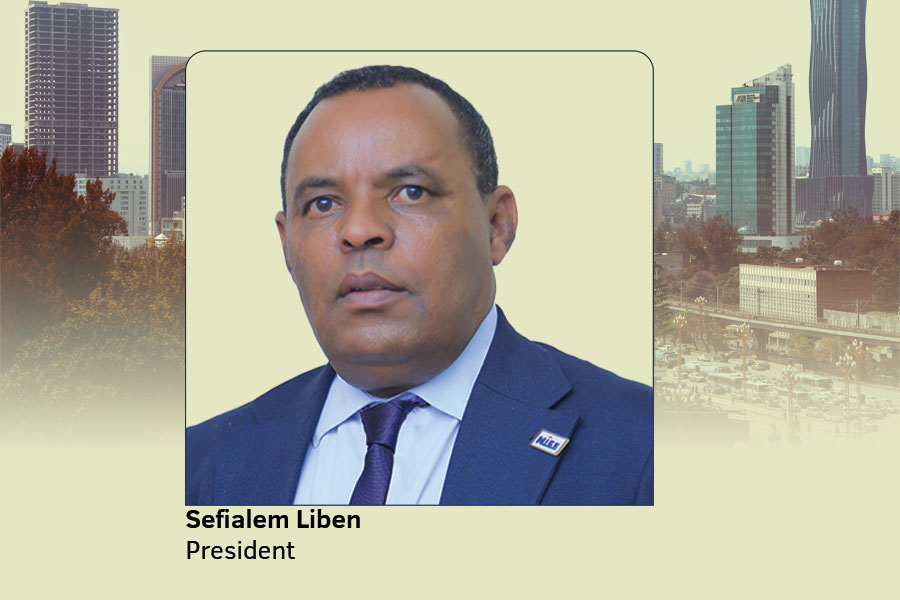This performance has placed Oromia Bank as a major player in the financial sector, ranking sixth of the eight most prominent private banks in total assets with a balance sheet of 114.6 billion Br. The Bank’s total revenue growth was attributed to growing interest on loans, advances, investments in central bank bonds, and incomes from interest-free financing, which raised by 18.8pc to 4.11 billion Br.




